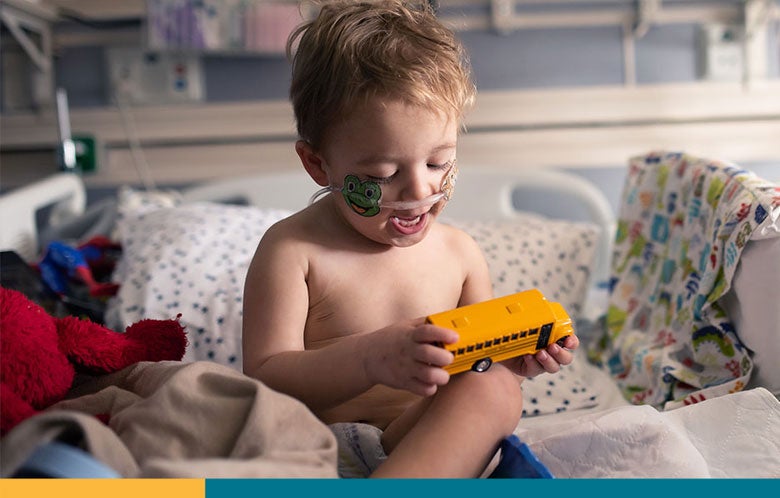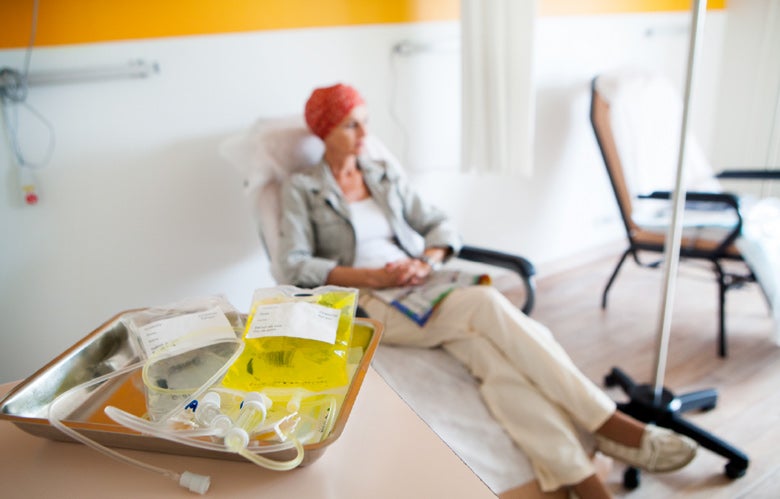Just a month ago, it seemed as if one silver lining of the COVID-19 pandemic was that it affected fewer children than adults. Children who did get COVID-19 were more likely to suffer from mild upper respiratory illness, with very few progressing to critical disease. Today, we are just beginning to understand a disconcerting sequela from COVID-19 in children that resembles Kawasaki disease — a new disease entity called multisystem inflammatory syndrome in children (MIS-C).
Children with MIS-C suffer from persistent fever and fatigue, visible inflammatory symptoms such as rash, oral mucosal changes and conjunctivitis, and gastrointestinal symptoms such as vomiting, diarrhea and abdominal pain. Blood testing may reveal elevated inflammatory markers including C-reactive protein, erythrocyte sedimentation rate and procalcitonin. Often, a variety of organ systems are involved and may include cardiac, renal and neurologic abnormalities. MIS-C can quickly escalate to cardiogenic shock requiring intensive care in some children.
The signs and symptoms of MIS-C appear weeks after SARS-CoV-2 infection and can occur in children with asymptomatic infection, that is, without the child or parents knowing they had been infected. In some cases, children had been exposed to someone with COVID-19 but did not become acutely ill themselves. Diagnosis of COVID-19 with the recommended nucleic acid test at the time of presentation of MIS-C may not yield a positive result because they no longer have replicating virus. Antibody tests that detect prior SARS-CoV-2 infection have been positive in many cases suggesting (though far from proving) a causal link between COVID-19 and MIS-C.
Treatment for MIS-C is based on best practice guidance for management of Kawasaki disease with the goal of reducing inflammation to protect vital organ function. Supportive measures include fluid resuscitation, inotropic support, respiratory support and in rare cases, extracorporeal membrane oxygenation (ECMO). Anti-inflammatory measures may involve intravenous immunoglobulin (IVIG), aspirin, and/or corticosteroids on a case-by-case basis. Cardiac abnormalities are the most common complication of Kawasaki disease, though it’s unclear what the long-term consequences of MIS-C will be.
There are many more questions about MIS-C than there are answers. First and foremost, why some children are susceptible while others are not. The inflammatory aspect suggests an immunological cause, but the pathophysiology is unknown. While MIS-C appears to be a rare complication, the timing of its appearance weeks after known or unknown infection is certainly disconcerting for parents living in areas still surging with COVID-19. The best protection from MIS-C is prevention of COVID-19, which for many remains physical distancing, wearing masks in public and respiratory hygiene including frequent hand washing for all members of a household.



